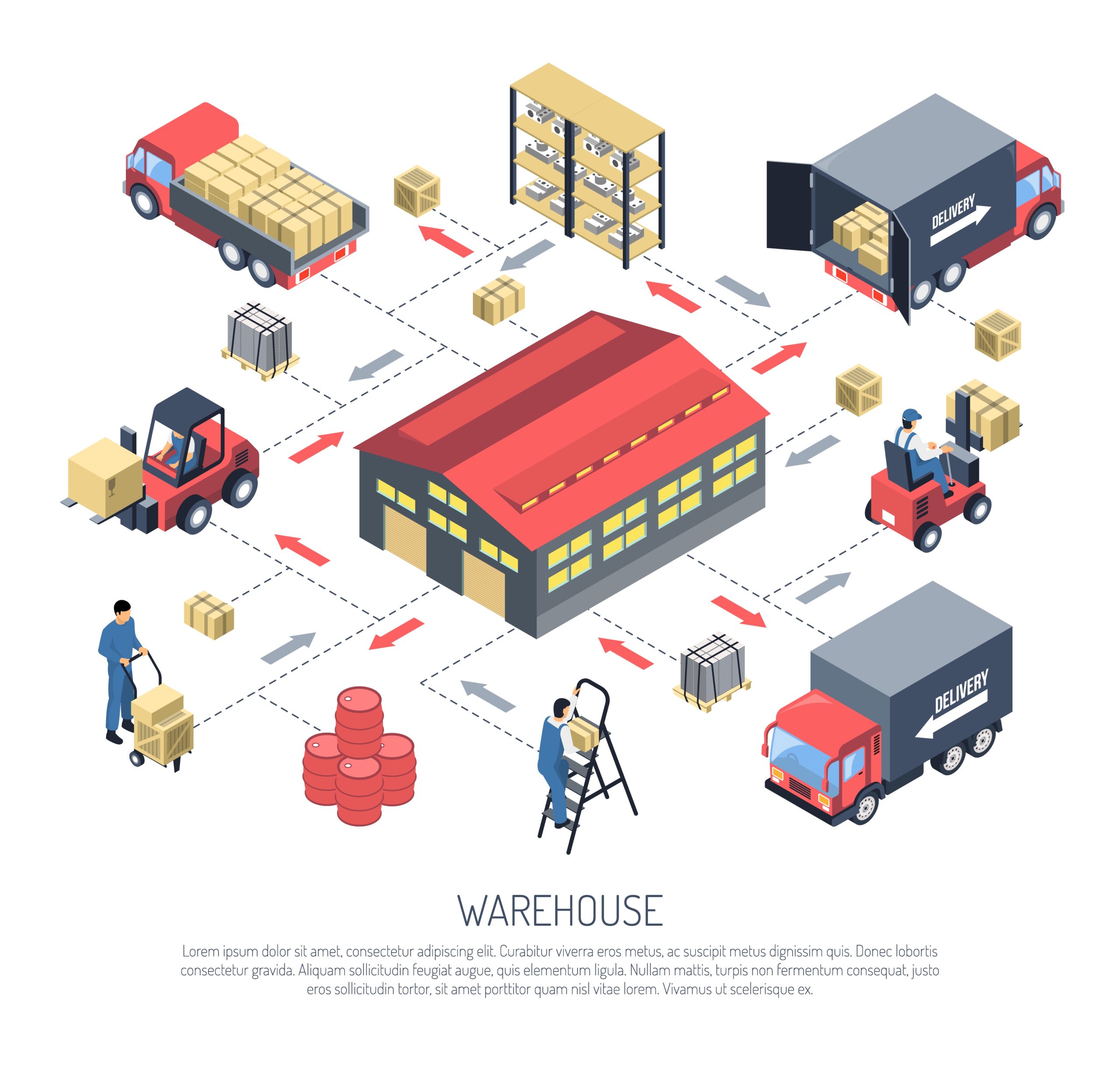Any company that needs to store goods is aware of the need of coming up with a clever solution. There is just so much floor space available, so it must hold as much product as possible. In order to maintain organisation and maximise productivity, owners and managers of larger businesses frequently invest in specialised storage structures for their stock holding facilities.
You have two choices when looking for the best way to hold your goods: racking or shelves. You might not notice much of a difference between the two options at first sight. However, if you select a system that falls short of your goals, you risk reducing your team’s potential for productivity. In light of this, the distinction between a shelf and a rack is explained below.
What Is Industrial Shelving?
The concept of a shelf is well known. What makes any sort of shelf industrial when we constantly reach in and out to retrieve books or other stuff from them? Durability and substance are the solutions. Industrial shelving must withstand extensive use and a wide array of objects that may or may not weigh more than the typical paperback because it is specifically designed to keep goods in a retail or warehouse setting.
Instead of holding cartons or boxes of goods that employees may carry about in bulk, industrial shelves are for keeping items individuals can go up to and grasp with their hands. Accessories are frequently available with shelving for any unique purposes. You may reasonably add features like drawers, bins, or dividers to suit your needs. There are four different kinds of industrial and commercial shelving to take into account, each with particular advantages and potential disadvantages.
1. Steel Shelving
For many purposes, steel shelving is the logical choice due to its robustness and affordable price. A steel shelf unit will serve you well for many years as long as it is put together correctly, which is easy to do.
Steel shelving comes in a variety of gauges to increase affordability even more. Allowing storing cases of heavier things, you can buy shelves with a higher weight capacity. You can also save money by setting up a higher-gauge shelf for staff or customers to grab unboxed items. There are two primary categories of steel shelving.
Closed shelving:
The sides and rear of this kind of shelf are covered with panels. Compared to the alternatives, these shelves are both more aesthetically pleasing and more durable. Instead of being freestanding, they work best when placed next to each other or up against walls.
Open shelving:
In place of the panel backing, these shelves use braces to add the necessary rigidity. Employees can access the products they need from any direction thanks to this design.
Open shelving has the advantage of being somewhat modular, whereas closed shelving is more likely to come in freestanding units. One long shelving run, for instance, can be made by connecting many shelving units with extended support braces.
Advantages of Steel Shelving
- Easy assembly
- Customization and availability of accessories
- Suitable for high-density storage
2. Wire Shelving
Wire shelving is the best choice if aesthetics are important. With commercial and industrial settings, wire shelves may handle a variety of products and aid in airflow. More airflow is always a good thing, whether or not your employees are handling food or other delicate items.
There are several safety benefits to using wire shelving, such as the fact that they seldom ever accumulate dust and that some of the goods they contain can be contacted by fire sprinkler water due to the open wiring. Due to their reduced weight and simple setup, wire shelves are also more easier to move than other types. The biggest drawback of wire racks is that they are not as sturdy as other types of industrial shelving.
Advantages of Wire Racks
- Lightweight and can become mobile if mounted on casters
- Easy to keep clean due to lack of dust collection
- Ideal for high-visibility products
3. Rivet Shelving
If money is a major consideration, rivet shelving is a reliable and affordable choice. These are typically the most affordable options for shelving, and they have the distinct advantage of being relatively simple to put up. Since there are no bolts used in their assembly, rivet shelves are often referred to as boltless shelves.
A rubber mallet is all you need to put one of these together. Aligning rivets and slipping them into the frame at whatever intervals you want constitutes assembly. The main disadvantage of rivet shelves is that they are built of heavy-gauge steel, aside from their utilitarian appearance. If you ever want to change the layout of your storage area, their high weight could be a problem. If you require extras like drawers or dividers to make the most of your shelves, rivet shelving is not a good choice.
Advantages of Rivet Shelving
- Budget-friendly
- Quick, straightforward assembly
- Ideal for usage in warehouses, stockrooms, and almost any other industrial application
4. Widespan Shelving
This kind of storage fills the space between shelving and racking options. When you need to store many big items but lack access to automated material handling systems, widespan shelves are the best option since they are wider and more sturdy than other forms of shelf. Employees will need to hand-pick the items, for example, if you run a warehouse with a wide variety of products but only sell them in modest quantities.
The maximum load capacity of all your options is provided by widespan shelves, which can frequently support up to 2,000 pounds per shelf. Although one of the greatest warehouse shelving racks for heavy objects, this type of storage is not appropriate for pallets or forklifts.
Advantages of Widespan Shelving
- Huge weight capacity
- Ideal for storing large items
- Front and back item accessibility
What Is Pallet Racking?
It makes sense to have a specific storage system that can accommodate palletized products if you manage a warehouse or a company that receives goods on them. Why utilise warehouse racking if it doesn’t match the format of your delivery, after all? When it comes to keeping pallets organised and easily accessible, warehouse shelving racks are crucial. The primary pallet racking categories are as follows:




